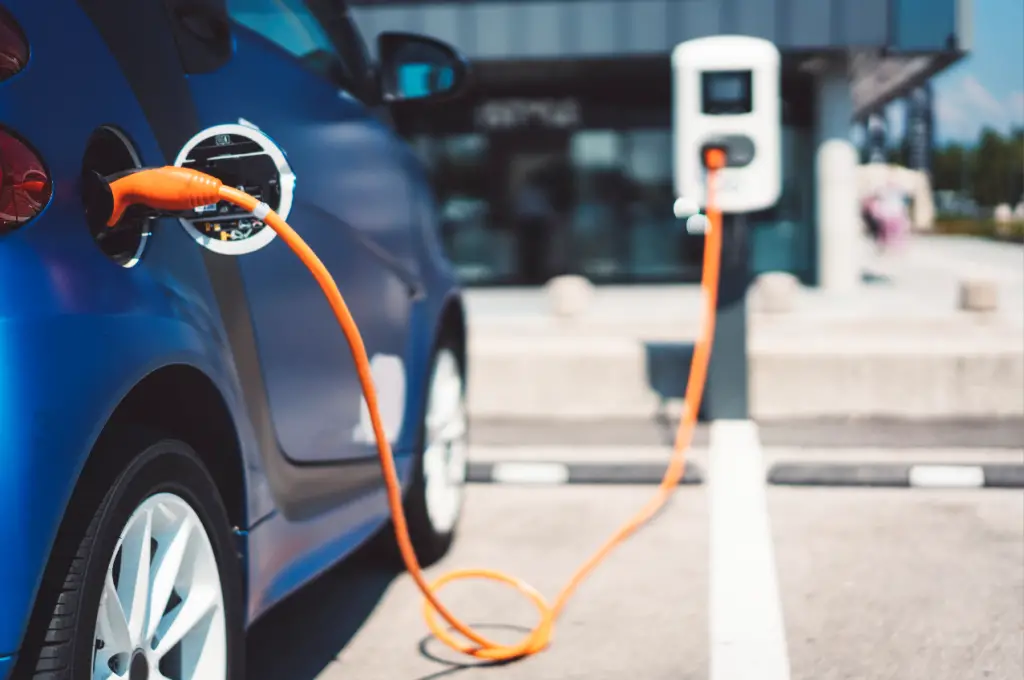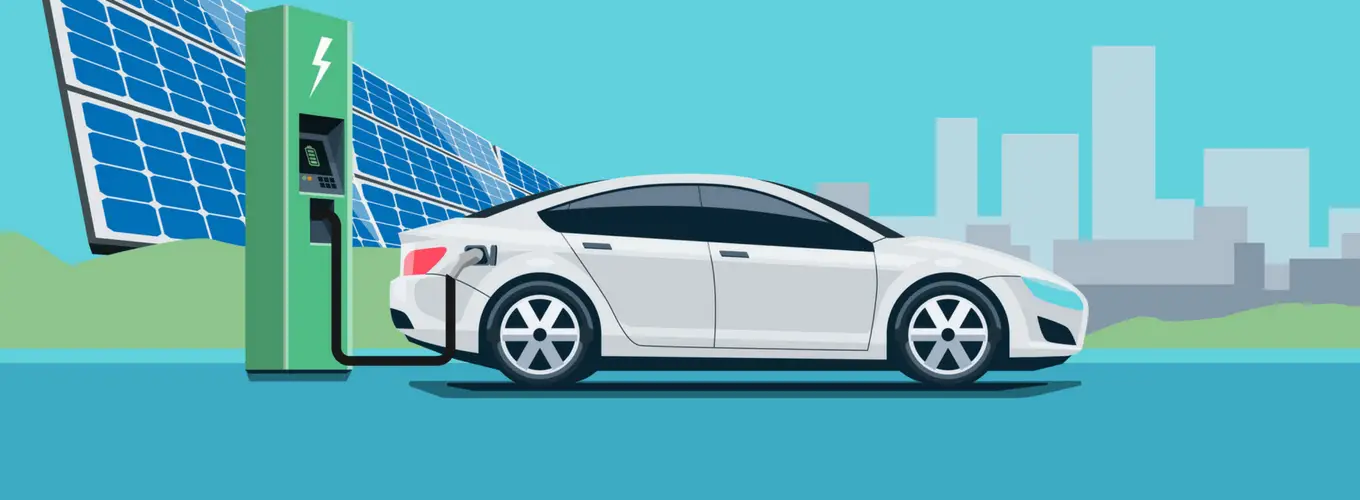Guide on how to drive an electric vehicle.
For years now the electric vehicles have been on the rise, as a move to reduce emissions. With many countries banning petrol soon, for example, the UK plans to ban by 2030 with the government in support with this by investing into charging infrastructure.


For years now the electric vehicles have been on the rise, as a move to reduce emissions. With many countries banning petrol soon, for example, the UK plans to ban by 2030 with the government in support with this by investing into charging infrastructure.
Apart from self-driving cars, normal cars need a driver to drive them around. Therefore drivers need to understand how the vehicle works and react. The process includes an accelerating and braking system that adds power back to the EV battery. It is also important to know how to charge and manage an EV in different weather.
Here is a simple guide to driving, charging, and getting the most out of an electric vehicle.
Key Differences Between Gas Vehicles and Electric Cars
When you enter inside an electric car for the first time, you will notice everything is basically in the same place as it would be in an internal combustion engine (ICE) vehicle.
Accelerator and brake pedals are in the traditional spots. Gear shifters are located either between the seats ( as in Chevrolet Bolt EV) or on the steering wheel (as in a BMW i3). Having the gear shifter on the steering wheel was common with ICE vehicles a generation ago, but you can still find the same placement on some vehicles.
One-Speed Transmission- As opposed to five-or six-speed manual and automatic transmissions, most electric cars operate only in drive (one-speed) mode. However, drivers can typically adjust the amount of power available when they accelerate by using different driving settings.
First-generation models like Nissan Leaf or Kia Soul EV have ECO settings that limit power for maximum economy. The 2017 Bolt EV features a sport mode in addition to four levels of braking, which affects how you capture energy when stopping.
Some EVs have Hold and Mountain which can hold the state-of-charge at certain levels and kick in the gasoline engine.
Regenerative Braking- EVs feature regenerative braking, which sends kinetic energy back to the battery whenever braking. If you are braking smoothly, you will recapture most of the energy used by the car to brake. In some EVs, you can be able to see the percentage of energy captured on the dashboard.
Some vehicles will allow you to control how you stop the vehicle. In the Bolt EV and i3, the regenerative braking system is more pronounced and drivers may operate the vehicle using a single pedal. This one-pedal driving helps train vehicle operators to accelerate and stop smoothly, thereby conserving energy and range.
Instant Torque- Whereas ICE vehicles take many revs (speed)to get to maximum torque, electric cars have access to the majority of torque from a stop. Therefore, EV acceleration is superior to equivalent gas-powered cars.
It will take an adjustment to get used to the additional power available every time you put your foot down. In city driving, this rapid acceleration is useful.
No Engine Noise- EVs operate on silent electric motors, so you only hear the quiet whirring and tire noise. Drivers should not expect pedestrians to hear their approach when driving an electric car. However, there was a rule given in 2019 to have an artificial sound that will help to alert pedestrians of the incoming EV.
Source: Fleetcarma (2017) A Simple Training Guide for New Electric Car Drivers




